 Hutchinson Inauguration Program
Hutchinson Inauguration Program
Entry Category: Government and Politics
 Hutchinson Inauguration Program
Hutchinson Inauguration Program
 Hutchinson Swearing-In, 2019
Hutchinson Swearing-In, 2019
Hutchinson, Asa
aka: William Asa Hutchinson
 Jeremy Hutchinson
Jeremy Hutchinson
 Susan Hutchinson
Susan Hutchinson
 Susan and Asa Hutchinson
Susan and Asa Hutchinson
Hutchinson, Susan Burrell
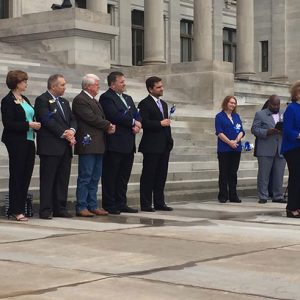 Susan Hutchinson Speaking at Rally
Susan Hutchinson Speaking at Rally
 Tim Hutchinson
Tim Hutchinson
Hutchinson, Young Timothy (Tim)
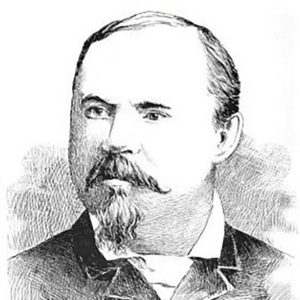 William J. Hynes
William J. Hynes
Hynes, William Joseph
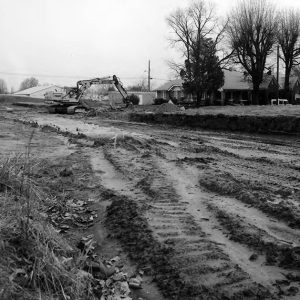 I-630 Construction
I-630 Construction
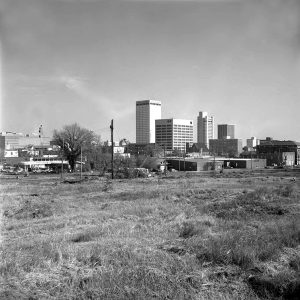 I-630 Construction
I-630 Construction
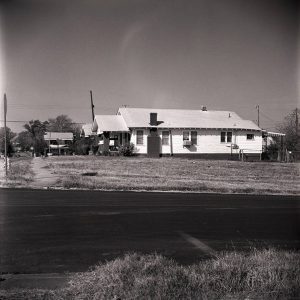 I-630 Controversy
I-630 Controversy
Immigration
 Independence County Courthouse
Independence County Courthouse
Indian Removal
Indochinese Resettlement Program
aka: Operation New Life
 W. K. "Bill" Ingram
W. K. "Bill" Ingram
Initiatives and Referenda
Interstate 630
 I-630
I-630
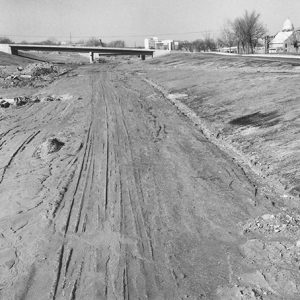 Interstate 630 Construction
Interstate 630 Construction
 Interstate 630 Construction
Interstate 630 Construction
Ivy, Dan
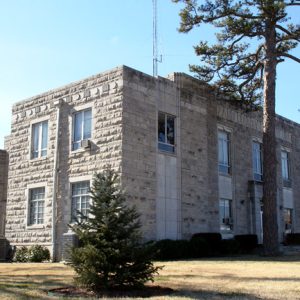 Izard County Courthouse
Izard County Courthouse
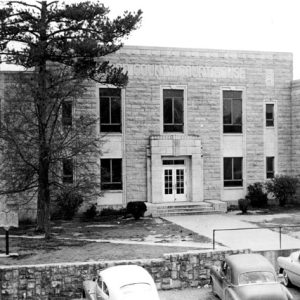 Izard County Courthouse
Izard County Courthouse
 Izard Grave
Izard Grave
Izard, George
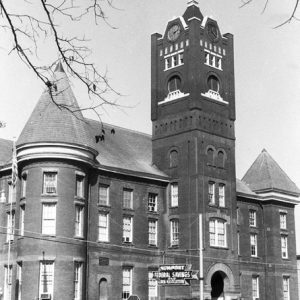 Jackson County Courthouse
Jackson County Courthouse
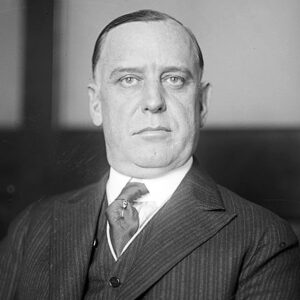 Henderson M. Jacoway
Henderson M. Jacoway
Jacoway, Henderson Madison
 Japanese American Enlistees at Rohwer
Japanese American Enlistees at Rohwer
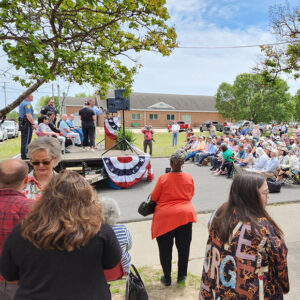 Japanese American Internment Museum Anniversary
Japanese American Internment Museum Anniversary
Japanese American Relocation Camps
Jasper, Rickey Lane
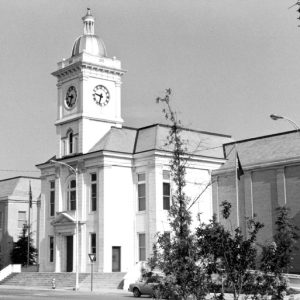 Jefferson County Courthouse
Jefferson County Courthouse
Jeffery, Jehoiada
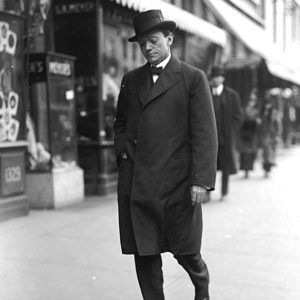 Robert E. Jeffery Jr.
Robert E. Jeffery Jr.
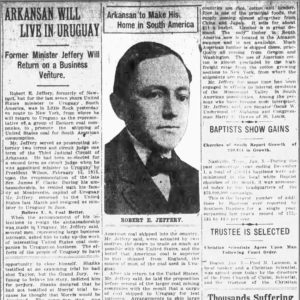 Robert E. Jeffery Jr. Article
Robert E. Jeffery Jr. Article
Jeffery, Robert Emmett Jr.
Jeffries, Peggy Sue Newlon
 Jerome Buildings
Jerome Buildings
 Jerome Closing
Jerome Closing
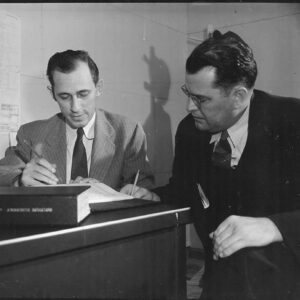 Jerome Directors
Jerome Directors
Jerome Relocation Center
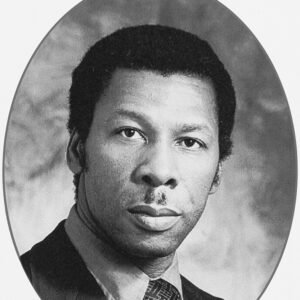 Jerry Jewell
Jerry Jewell
 Jewell and Nelson
Jewell and Nelson




